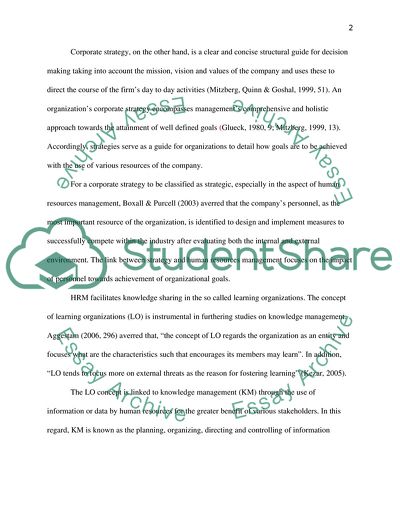Cite this document
(Strategic Positioning of HRM in the Knowledge Based Economy Coursework, n.d.)
Strategic Positioning of HRM in the Knowledge Based Economy Coursework. Retrieved from https://studentshare.org/human-resources/1736581-strategic-positioning-of-hrm-in-the-knowledge-based-economy
Strategic Positioning of HRM in the Knowledge Based Economy Coursework. Retrieved from https://studentshare.org/human-resources/1736581-strategic-positioning-of-hrm-in-the-knowledge-based-economy
(Strategic Positioning of HRM in the Knowledge Based Economy Coursework)
Strategic Positioning of HRM in the Knowledge Based Economy Coursework. https://studentshare.org/human-resources/1736581-strategic-positioning-of-hrm-in-the-knowledge-based-economy.
Strategic Positioning of HRM in the Knowledge Based Economy Coursework. https://studentshare.org/human-resources/1736581-strategic-positioning-of-hrm-in-the-knowledge-based-economy.
“Strategic Positioning of HRM in the Knowledge Based Economy Coursework”. https://studentshare.org/human-resources/1736581-strategic-positioning-of-hrm-in-the-knowledge-based-economy.


